Linking the Past with the Present: The Gurdwaras and Public Spaces of Nanded
Vrishali
While the eternal concepts and practices of Naam-Bani - that is, the union of the mind and the spirit with reality attained through devoted repetition of the God’s name - kirtan or singing God’s praises, and simran (meditation) are central to Sikhism’s present existence, the historicity of certain pilgrimage places lend it its antiquitarian nature. These include places where the gurus (spiritual teachers) walked. Be they forests, streams or simply, banners - they all earned eminence and the status of Sikh heritage as a result.
Since the last Sikh guru breathed his last there, Sikh devotees built from scratch the city of Nanded with its twelve gurdwaras as elaborate architectural marvels with numerous gardens, fountains and museums. Many Sikhs go to these gurdwaras with faith, love and purity in their hearts to pay their respects and to place the soil from the Guru’s feet onto their foreheads. These gurdwaras have vast repertoires of histories emphasising Sikhism as a peace-loving religion.
Today, this bustling city is home to the main gurdwara, Takht Sachkhand Sri Hazur Abchalnagar Sahib (TSSHAS), and other related gurdwaras. As it is one of the five supreme seats of authority or Panj Takhts, virtually every Sikh from India and abroad wishes to go and pay their homage and reverence there. Tours are organised for the diaspora to visit the Panj Takhts scattered across the length and breadth of India such as one for the UK diaspora organised by the Panjab Radio. These Takhts include Hazur Sahib in Nanded, Maharashtra, Patna Sahib in Bihar, Anandpur Sahib on the lower mountainsides of Himachal Prashad, and Dam Dama Sahib and the Akal Takht Sahib opposite the Harmandir Sahib (Golden Temple) in Panjab. However, the gurdwara committee wants to make visitors come again and again – for, the sheer serenity that the place provides to human souls is believed to be unparalleled by many.
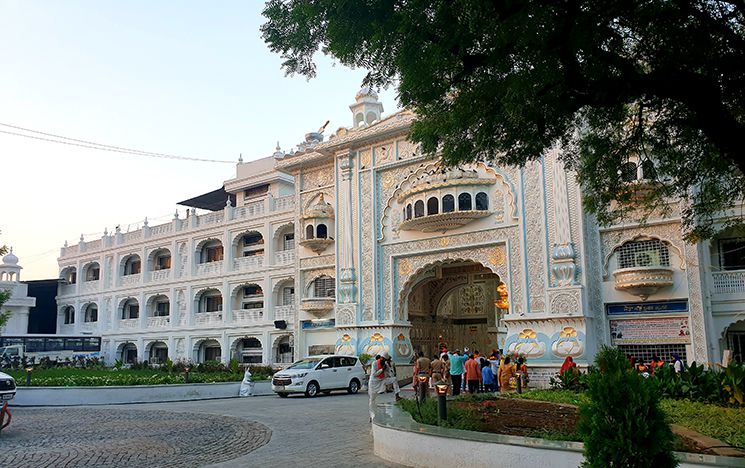
Figure 1: Takht Sachkhand Sri Hazur Abchalnagar Sahib's main entrance 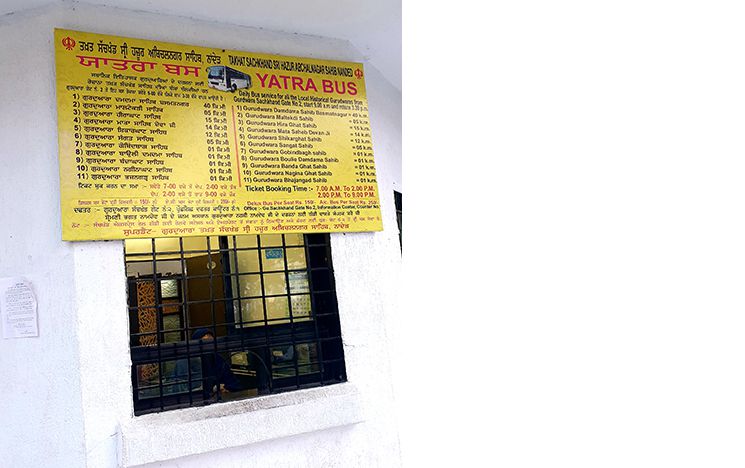
Figure 2: Information on tour buses (facilitated by TSSHAS) to the other eleven gurdwaras in Nanded
Jathedar, a leader who serves the task of disciplining a jatha or a ‘body of Sikhs’, Kulwant Singh commented that the precincts of the TSSHAS evoke such vivid emotions that upon visiting, every Sikh wishes to at least keep an account of their personal experiences there and to get to know the history behind it in greater depth. The gurdwara committee, in an attempt to satiate the latter desire of the pilgrims and devotees, have introduced a book, Sachkhand Yatra (Journey to the Heavenly Abode) in three scripts - Hindi, English and Gurmukhi for the Panjabi language at a discounted rate so as to give as many pilgrims as possible access and insights into the history and significance of the gurdwaras as well as into the guru’s journeys, both mortal and transcendental, which led to the gurdwaras’ establishment in the first place. The aim is to make these histories more readily available and accessible to the poor, who are often single-language-literate public. This is meant for the benefit of the sangat (a congregation of people who meet and worship in the gurdwara in the presence of the holy book, Shri Guru Granth Sahib (SGGS)). The members call themselves Guru Panth Da Daas (a slave of the Guru’s path) and sell these books in a readily visible corner of the entrance corridor of the main gurdwara.
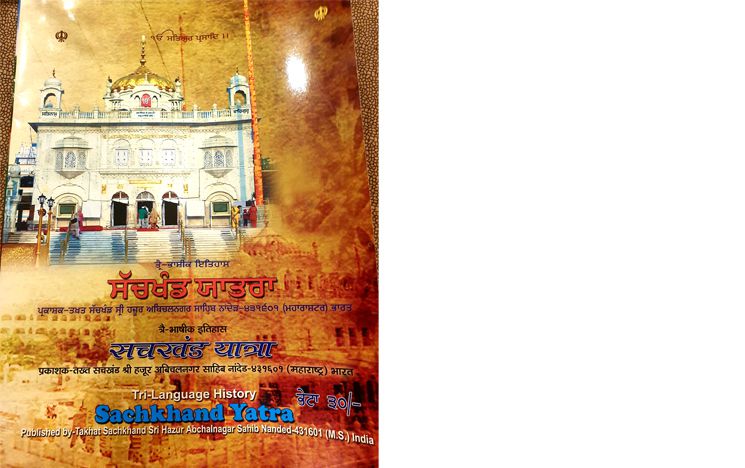
Figure 3: Cover page of book 'Sachkhand Yatra' published by TSSHAS

Figure 4: Gift shop at gate number 2, TSSHAS complex
Dr P S Pasricha, retired Indian Police Service and Director-General of Police of Maharashtra state, and running administrator of the Hazur Sahib Management Committee (HSMC) calls the pilgrimage centre the ‘South Kashi of the Sikhs’ – a reference to Varanasi, a primary pilgrimage spot for Hindus. He uses this allegory to argue that just as the Hindus have four prominent centres of pilgrimage (one in each cardinal direction of the Indian subcontinent), the Sikh religion has Panj Takhts. The gurdwara derives its significance from the fact that in this holy place, the tenth and last Sikh Guru, Guru Gobind Singh (1675-1708), arrived in 1708 and ended the practice of ‘humans as teachers or gurus.’ Instead, he gave the authority of the guru to the SGGS, before he was assassinated by Mughal General Wazir Khan’s men that year. He then ordered the whole Sikh panth: ‘Agia Bhai Akal ki Tabe Chalayo Panth/ Sabh Sikhan ko hukum hai Gur Maniyo Granth.’ This translates as: ‘Under orders of the immortal being (God) the panth was created/ It is, therefore, an order to all the Sikhs to follow the Granth (scriptures) as (my successor and) the eternal Guru from now on.’
To commemorate this event, the first ruler of the Sikh empire in undivided India, Maharaja Ranjit Singh (1780-1839), also known as ‘Sher-e-Punjab’ or Punjab’s lion, sent money and men from Lahore to build the TSSHAS between 1832 and 1837.
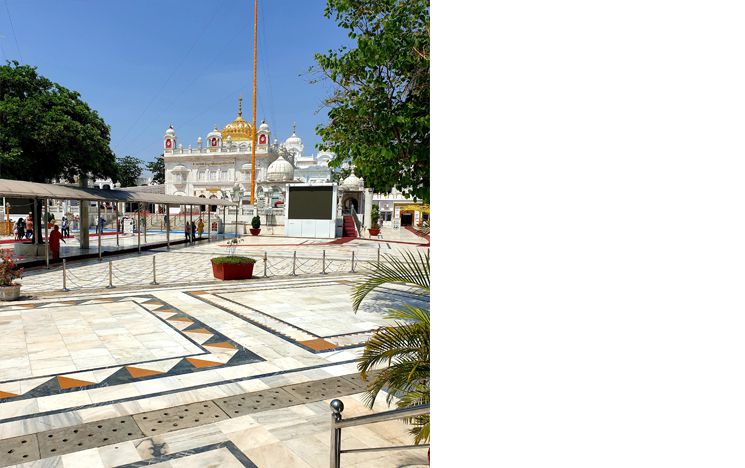
Figure 5: Inner premises and gurdwara building, TSSHAS
According to Balbir Singh, a member of the Dadar Gurdwara managerial committee in Mumbai, who renders occasional seva (selfless service) in Nanded, this history has arguably earned Nanded even greater prominence and religious significance than the Harmandir Sahib. This is despite TSSHAS’s humbler architecture and later foundation and historical establishment.
Legend goes that a few days after submitting the gaddi (seat or throne) to the holy book (Gur-ta-gaddi), Guru Gobind Singh proceeded for his Sachkhand Gaman (Sachkhand is a term used in Sikhism to denote an individual’s union with God. Gaman simply means the act of going, here, to the Heavenly Abode).
Thereafter, in Nanded, the last human guru entrusted his spirit to Shri Guru Granth Sahib and his body to the Five chosen members of the holy order of the Sikhs (Panj Piyare Sahiban) and submitted the rule to the Khalsa Panth – the military brotherhood of the Panjabi (pure or initiated) Sikhs that he created. This panth has been carrying its duty of keeping the faith free from the clutches of priesthood and tyranny, as well as being more inclined towards spirituality to this day. Devotees believe that the tenth guru himself is present in the holy sanctum sanctorum of the TSSHAS and that he waits for every Sikh till the age of sixty to go visit there for at least once in their lifetime.
The life histories of the ten human gurus (or Guru Sahibans) and other saints (Bhagat Sahibans) of the times are frozen in statues, paper cuttings, sculptures, texts and paintings in an elaborately constructed and well-kept museum in the heart of the city near the pilgrim abodes. This primary museum called the Shri Guru Gobind Singh Ji Museum, situated amidst sprawling gardens in an ornate yet, humble setting, houses the vast reserve of artillery specimens and original coins, war dresses and gears, stamps and kirpans (a small dagger worn by Khalsa Sikhs as one of the five identity markers or bearers of the panth) used in the formative and some of the most historically decisive periods of the Sikh religion. But the museum is more than a mere collection of catalogued artillery, art and artifacts.
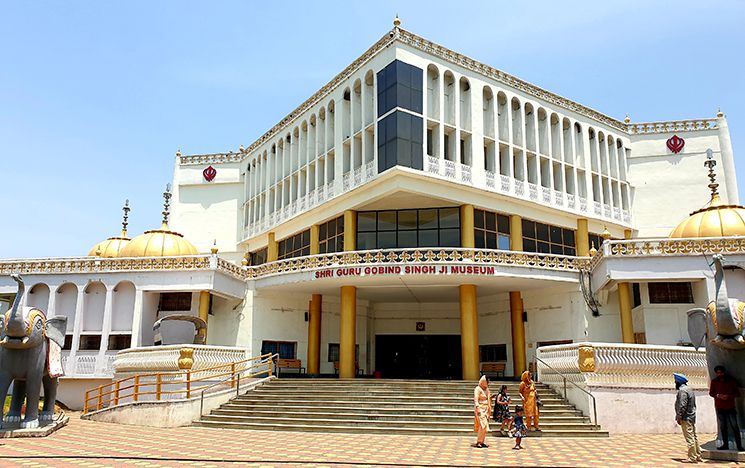
Figure 6: Shri Guru Gobind Singh Ji Museum, Nanded
Replete with frescoes, paintings, craftworks and several engaging audio-visuals, the museum’s existence today is in itself an act of storytelling. It not just busts myths about the leniency of political regimes on the medieval Sikhs but one which also depicts the valour with which the Sikhs fought against all odds and moulded their techniques with the changing moods of the times to uphold the sanctity and identity of their unique, nascent, rapidly evolving religion.
What is most interesting to note here, however, is that the Bhagat Sahibans came from varied religions such as Islam including Sufis and Hinduism including varied castes such as Brahmans, Rajput Jats and other Kshatriyas, and the lowermost castes known by the name of their professions such as Chamars (leather-workers), Julahas (weavers), Nais (barbers), Kasais (butchers), and Chhimbas (tailors). By contrast, Brahmanical Hinduism has remained a hierarchical religion.
Other contributors to the SGGS – the four Sikhs and the eleven bhats (poets who personally witnessed the spirituality and teachings of the gurus and wrote them down) have also been depicted in the museum along with their notable life journeys and quotes. On top of this, the museum employs only differently abled sevadar (a volunteer who offers help to a gurdwara or the community as part of religious charity) who also take care of the complex and remind people to adhere to visitor rules, such as – keeping their voices low, leaving their footwear outside the main building of the museum, and keeping their heads covered with an odhni or a saropa (head scarves) at all times right after having entered the museum complex.
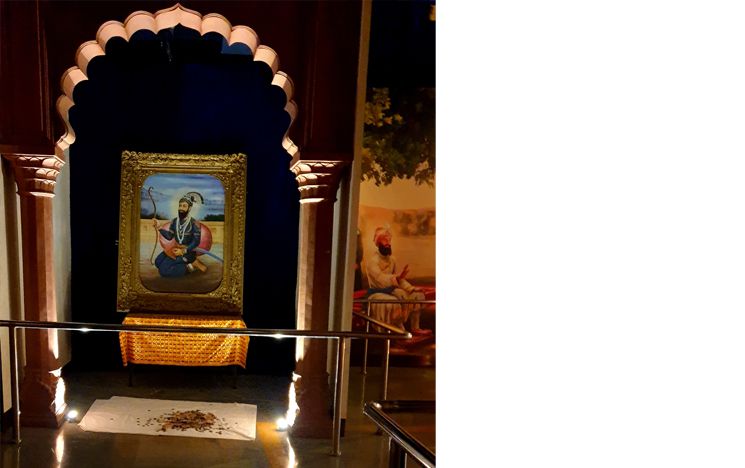
Figure 7: Donations by devotees in front of Guru Gobind Singh's portrait in the museum
Every pilgrim who visits the gurdwaras today, therefore, also makes it a point to visit the museum. While this forms a material repository of the life histories of the many sages and Sikh warriors – both female and male, the SGGS - first compiled by the fifth Guru Arjan Devji in 1604 in the city of Amritsar, is a compilation of hymns and preachings, along with details of the contributors’ affiliations and the various religious, caste, language and regional contexts it was written in. This scripture is widely believed to propagate the message of humanity and unity to all human beings – ideas which Jasbir Singh Dham and his team of local pilgrim managers and organisers from the HSMC have also tried to imbibe and imbue in the humongous, meticulously planned, written, directed and showcased laser and dancing musical fountain show which is run every evening in the gardens called the Gobind Bagh.
This open theatre is located in the epicentre of several adjacent flights of stairs descending from an elaborate garden into a gigantic common complex. The open theatre is located at only a short distance from the TSSHAS. Pilgrims, therefore, often start their afternoons by serving and eating in the langar (community kitchen); listening to the evening kirtan and the dhadi (a group of folklore or warrior ballad-bards performing a distinct genre of Punjabi music); and, attending a martial art form that involves exhibits of artillery and war-stunts with sartorial elegance in the TSSHAS complex, before proceeding to the Gobind Bagh laser show as the final act of the day.
These shows which run every evening for an hour and a half attract audience from all age groups and from diverse socio-cultural, economic, regional and religious backgrounds alike. Women in burqas and kids with tilaks on their foreheads filled the stairs and some helped the aged Sikhs get seated just as the lights were put off for the show to start. Rendered beautifully in the mesmerising, poetic and poignant voices of the renowned Ghazal singer and song-writers - the late Jagjeet Singh and Gulzar - the recorded show both depicts and narrates a story of the origin of Sikhism in medieval (Mughal) India and how it continued to get shaped and reshaped amidst wider interactions with other religions in the dominant social, cultural and political milieu of the period, up until the demise of the tenth guru in Nanded.
The displays and shows hail Sikhism as an all-embracing, inclusive and all-encompassing liberal cosmopolitan religion that has withstood the tests of time and refused to wither away amidst a plethora of socio-political threats. By depicting the tormenting yet, courage-instilling stories of the martyrdom of the gurus at the hands of opposing rulers of the Indian subcontinent, they instil in the pilgrims as well as in curious passers-by the message of ‘one eternal God, one humanity’. This profound message – rooted in equality and social justice - emphasises the resilience of the gurus’ true visions and their messages of love, harmony and selflessness despite all the violence and extremism they had to suffer. Their lives were living testimonies to this, but so were their deaths – some of which were through excruciating executions such as being boiled alive. The laser show, conceived, conceptualised and carefully curated by the team, also highlighted the importance of religious syncretism and interculturality above forced assimilation of faiths.
<<Insert Figure 8>>MISSING IMAGE
Figure 8: Museum painting depicting Guru Arjan Dev in meditation while being boiled alive (1606, Lahore)
Over the years, the city has been drastically transformed, both infrastructurally and managerially, to make it more tourist-centric and pilgrim-friendly. Dr Pasricha explained the idea behind such cumulative efforts:
‘The knowledge of all religious work done by the last guru at the TSSHAS should reach all pilgrims, interested groups and other stakeholders. It is crucial that people are aware of our connected, overlapping, but independent histories.’
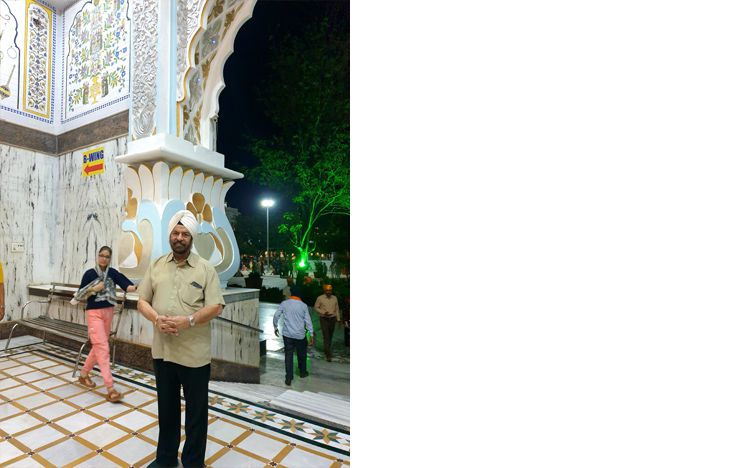
Figure 9: Dr Pasricha during one of his survey rounds in TSSHAS